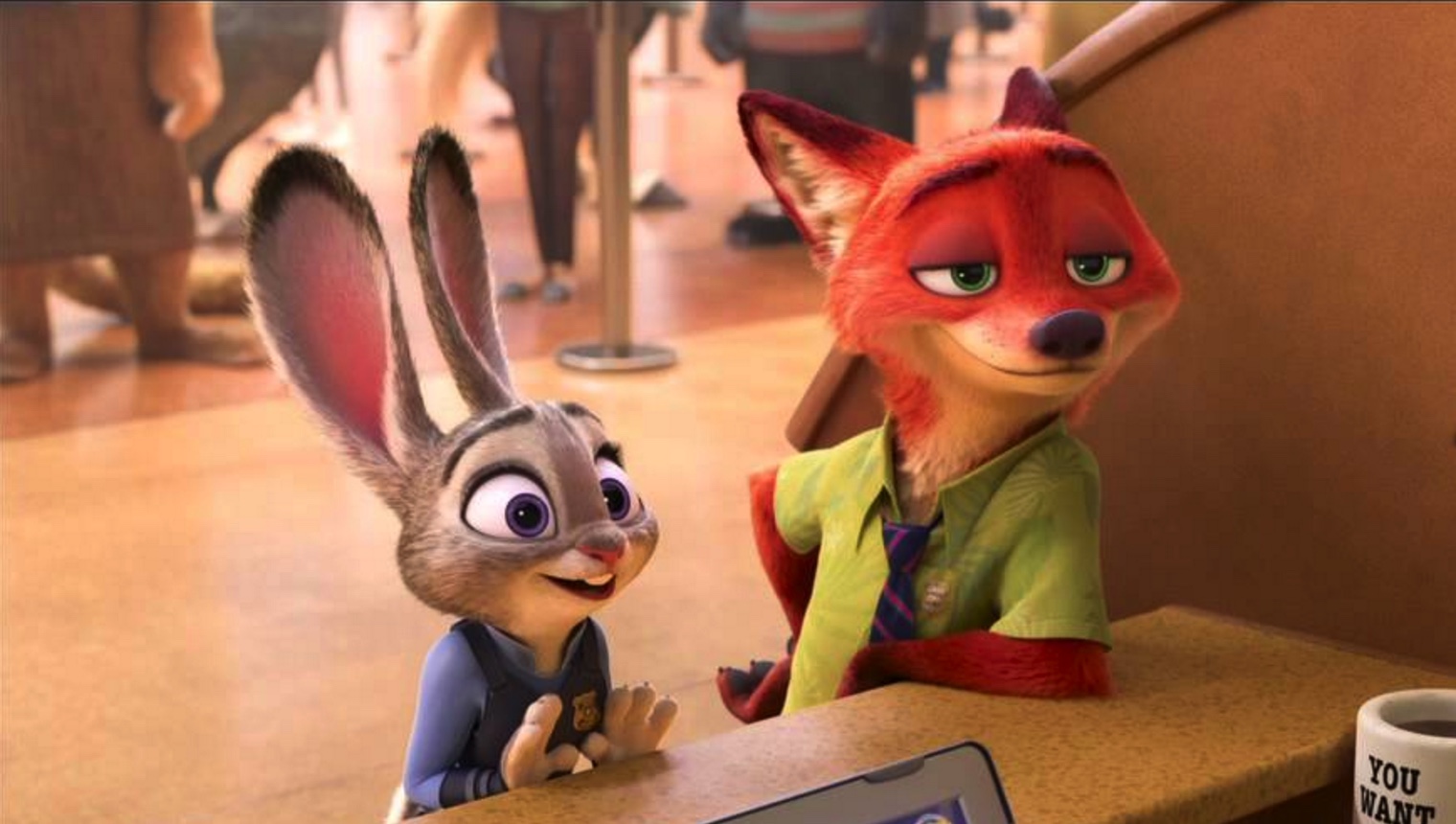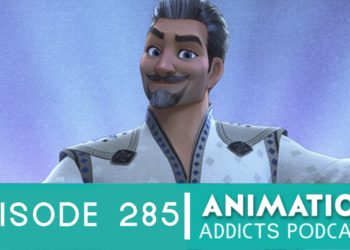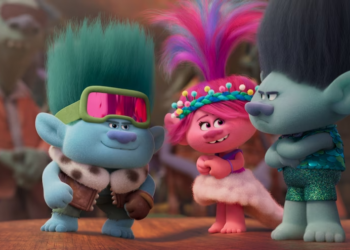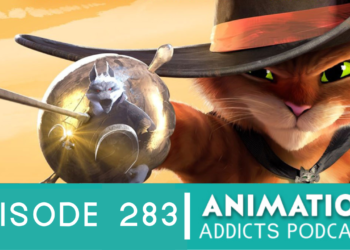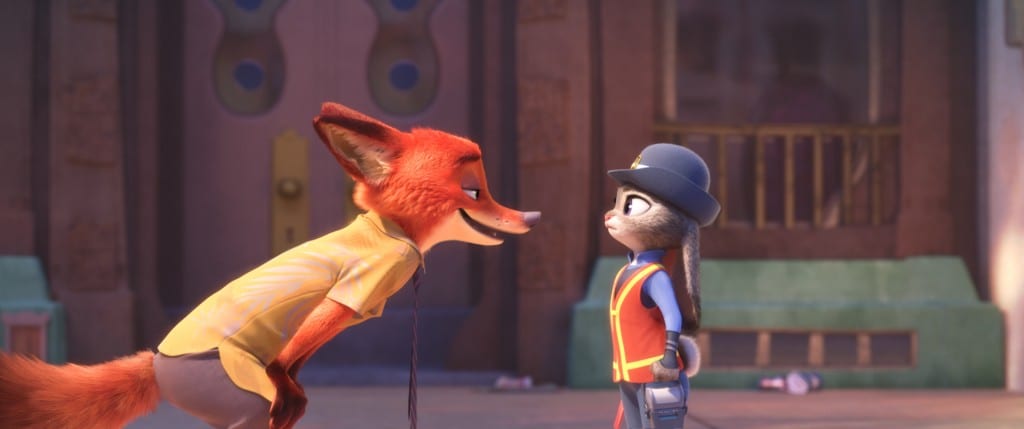
**This is a user-submitted post by Heather Massey**
NOTE: Mild spoilers ahead for Disney’s Zootopia!
At one point or another, many of us have had to wait because someone ahead moved too slowly. Perhaps it was an elderly person with a walker, a child wearing leg braces, or a person in a cast, recovering from an injury or surgery. Now consider the various reactions of able-bodied people behind this mobility-challenged person (perhaps, like me, you’re one of them). Some may look on and grumble with impatience, even squeezing past the person to get ahead. Yet others may show no signs of frustration whatsoever and slow down automatically. What’s the difference between these two types of able-bodied people? Why is one group more considerate of the needs of mobility-challenged folks?
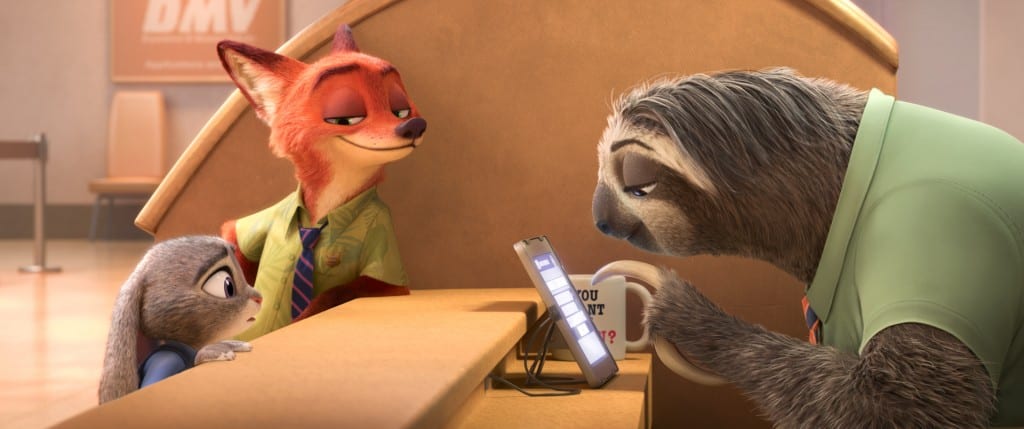
Before I address one possible answer, let’s examine one of the funniest scenes in Disney’s Zootopia: the sloths who work at the Department of Motor Vehicles (DMV). In this scene, protagonists Judy Hopps and Nick Wilde visit his friend Flash the sloth to enlist his help with their case.
That scene is a laugh riot for a number of reasons. First, the scene involves slowing down the animation to show a character who naturally moves in a slow fashion, which provides hilarious visuals. Second, it completely disrupts the script of how people are expected to behave in a conversation. When someone interrupts us, many of us stop talking. But Flash just keeps on barreling forward until he’s finished. We think he’s going to stop, but he doesn’t. It’s genius comedic timing. Third, the scene mines a lot of humor from the collision course of slow-moving animals and ones that move at a faster pace.
The scene between Judy, Nick, and Flash provides great comedy as well as interesting social commentary. The exchange can serve as a metaphor about one way able-bodied people can accommodate people with mobility challenges. Specifically, by perfecting the art of the chill.
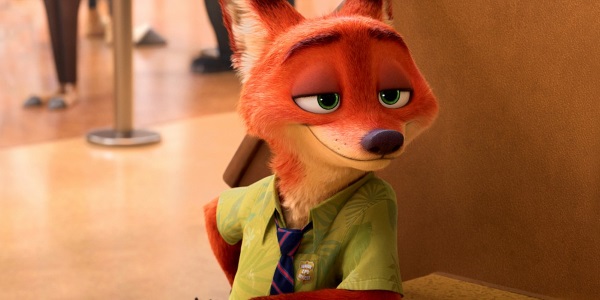
Note the expression on Nick’s face whenever he’s listening to Flash. His patience is nothing short of amazing. Look at the relaxed way he stands and the look in his eyes. He’s clearly adapted his behavior to what Flash needs, and we get the sense this isn’t the first time he’s done this. Perhaps he has developed more patience by cultivating a unique cognitive strategy and body language stance to deploy when he’s hanging out with Flash.
One would think Nick the hustler would be the impatient one, but it’s actually Judy who exhibits rudeness with her impatience. This element makes for a nice bit of subversive storytelling given that her character arc is about how she aspires to be a hero. Yet in that scene, she’s anything but heroic.
Despite Nick’s helpful advice to “Hang in there,” Judy interrupts Flash multiple times, assumes Flash doesn’t have a good memory just because he moves slowly (note how many times she repeats the license number), and displays restlessness. She couldn’t be more inconsiderate of Flash’s nature than if she tried.
In a metaphorical sense, her actions indicate that good intentions aren’t enough.
Even though Nick tells Flash a joke in part to needle Judy, I also think it’s simply a moment of a friend being friendly. Just because Flash moves slowly doesn’t mean he doesn’t appreciate a good joke, and Nick knows this. He’s not going to keep Flash from enjoying a joke even if it means Nick has to wait a while for the laughter to come. And if he can tease Judy with it in the meantime, even better!
Nick’s patience brings to mind the concept of the social model of disability:
“While physical, sensory, intellectual, or psychological variations may cause individual functional limitation or impairments, these do not have to lead to disability unless society fails to take account of and include people regardless of their individual differences.”
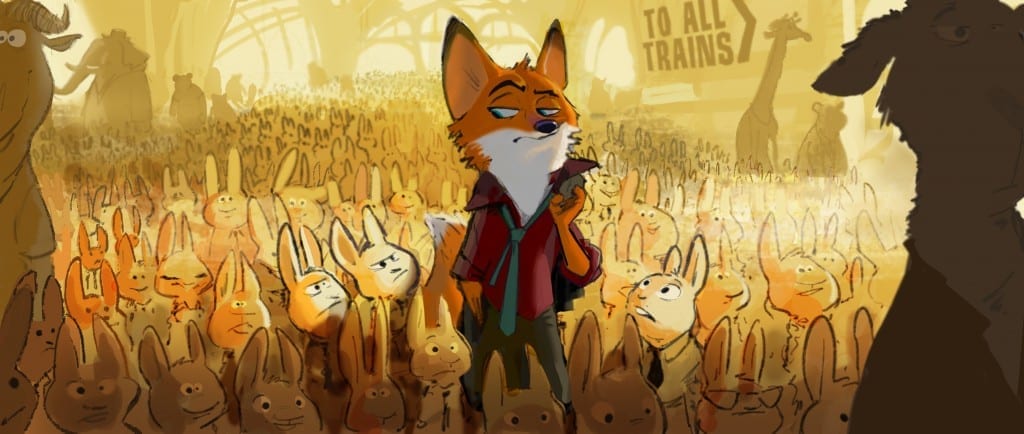
Zootopia shows us a world that accommodates animals of all shapes, sizes, and needs. For example, train cars have extra head space for giraffes, and a powerful body dryer is available for hippopotamuses transitioning from their wet habitats to dry ones. This is the world’s default setting. Nick puts the social model of disability concept into action by automatically accommodating Flash without a second thought. In fact, it’s his first thought.
Apparently, that part of the film’s world-building strategy was intentional:
“The filmmakers brought in an array of experts as they designed the world, from zoologists, who advised on how each species should move, to specialists on the Americans With Disabilities Act, who helped construct a city where a 2-inch character and a 27-foot character could coexist…” (via LA Times).
Even if the DMV scene was written as a mere sight gag, kudos to Disney for delivering something that aspires to be more. It’d be great if animated films could accomplish the same type of world-building for human characters with disabilities and not necessarily in a science fiction story. The more awareness there is of this issue, the greater the likelihood that routinely accommodating people with disabilities will be incorporated and normalized in the real world.
One place to start: imagine if more of us able-bodied folks assumed Nick’s relaxed demeanor every time we found ourselves behind or interacting with a mobility-challenged person. We’d all be looking like this:
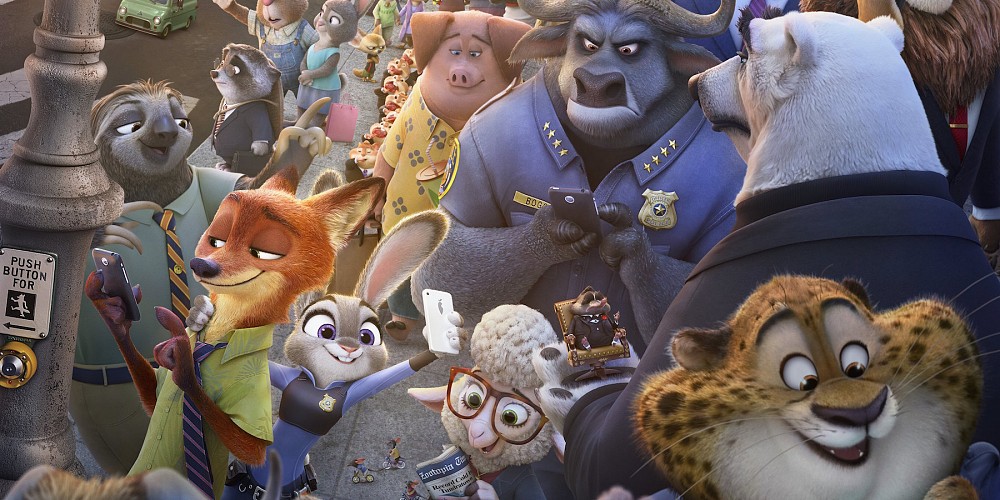
That’d be a pretty cool world, right?!
What are your thoughts? Tell us in the comments below!
Heather Massey blogs about all things sci-fi romance at Galaxy Express 2.0 and is the New Releases Editor for Sci-Fi Romance Quarterly. Follow her on Twitter @thgalaxyexpress.
Edited by: Kelly Conley


